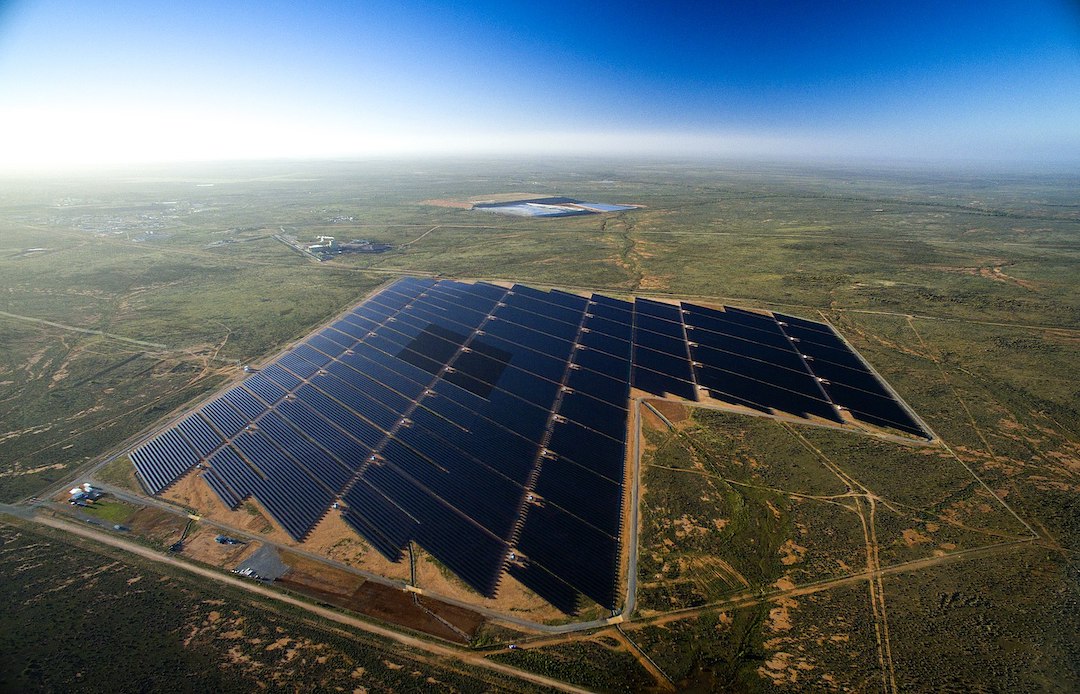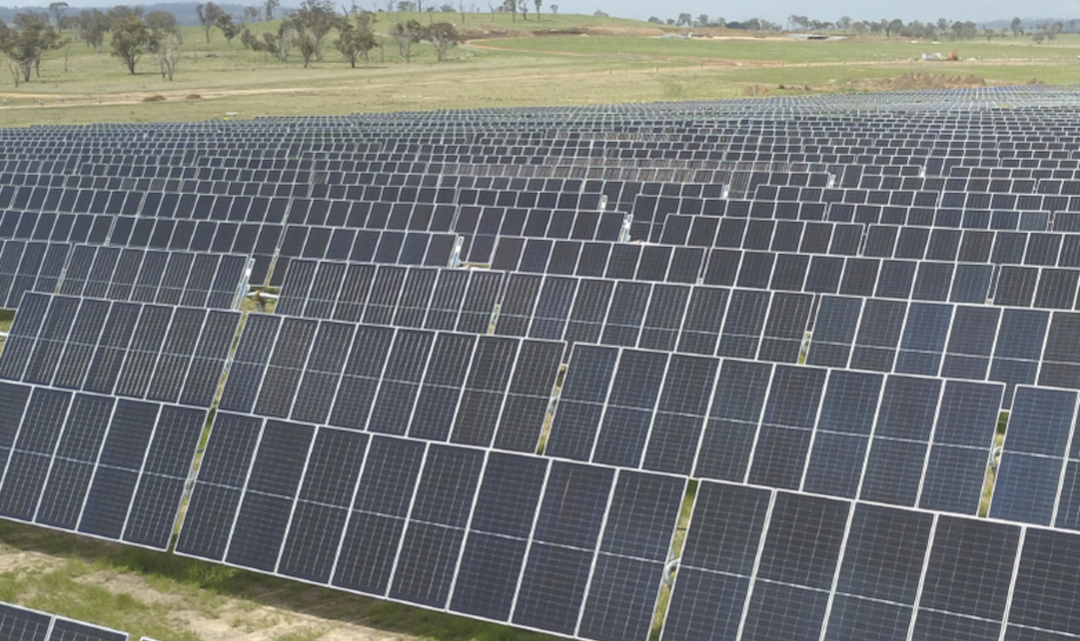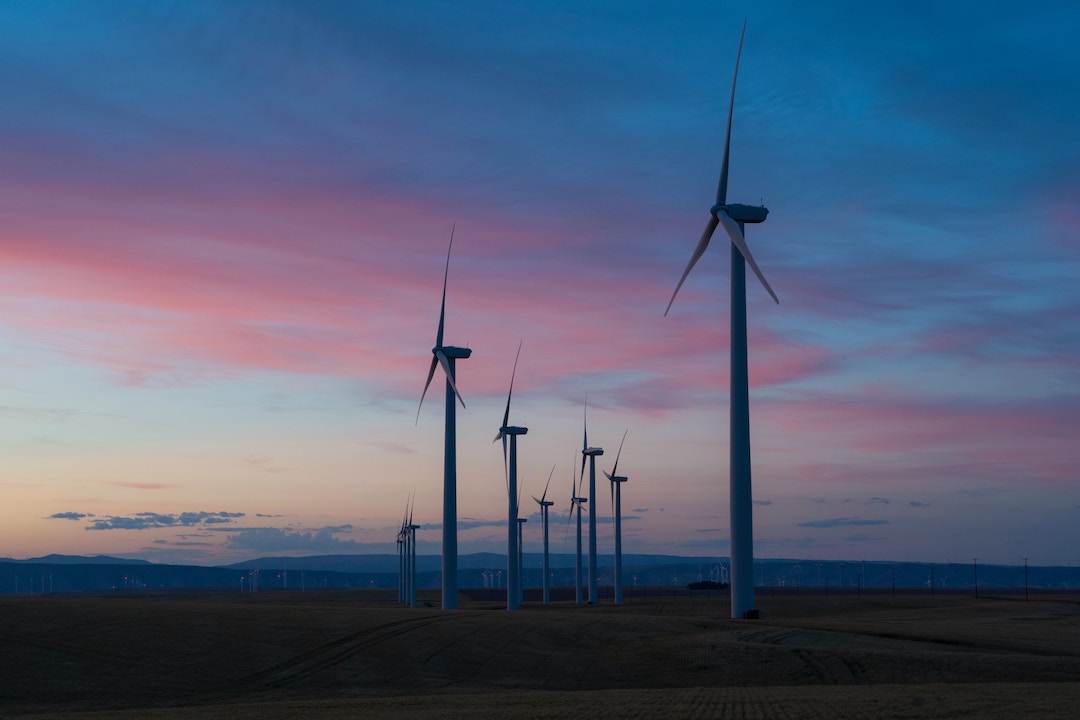Research into shifting Australian weather suggests the reliability of solar farms may be impacted by climate change.
By tracking access to solar energy in increasingly warmer climates, scientists from UNSW concluded that industry changes were necessary if solar farms were to continue providing useful amounts of energy to the grid. Their findings may change the way Australia develops solar infrastructure in the future, and impact the world’s largest solar energy network.
Supporting solar
Australia is home to several large grid-connected solar power systems, also known as solar photovoltaics (PV) plants. According to the Australian Renewable Energy Agency, solar power accounted for around 10 percent of the country’s electricity in 2020-21. More solar PV energy is introduced every year than any other type of energy generation.
Yet while solar power is a great source of green energy, research has concluded that the reliability of solar energy supply is dependent on the weather conditions at the time, making it difficult to manage the stability of the grid. Factors such as cloud cover, time of day, seasonal cycles and location can all determine how much energy is received through solar farms.
While regular weather forecasting and storage of power can mitigate some of these issues, solar stations are often left to run without constant supervision, resulting in power outages.
Lead author of the study and Postdoctoral Research Fellow at the School of Photovoltaics and Renewable Energy Engineering, Shukla Poddar, says “Modelling future changes in solar availability is crucial for maintaining stable power generation as Australia increases its reliance on large-scale solar.
“As the climate warms, managing these weather-induced power fluctuations will be a growing challenge, so we need modelling to help better predict and prepare for these changing dynamics.”

Broken Hill solar plant in NSW
Impacts of climate change
Research from the recent study was published in the Solar Energy journal. It revealed that scientists simulated a variety of regional climates to determine how rising temperatures will impact different parts of the country.
Interestingly, they found that solar reliability will likely improve in parts of Eastern Australia by 2099. A rising number of clear sky days per year and fewer lull periods of rough weather will lead to a spike in solar resource density.
However, reliability in Western Australia is projected to decrease. Experts believe intermittent stretches, due to insufficient power generation in bad weather, will become more common.
“Our study reveals Eastern Australia will experience an increase in solar resource availability and episode length in the future, indicating the probability of more stable and reliable future energy output,” says Ms Poddar.
“This region is predicted to experience a reduction in the lulls and frequency of intermittent and overcast days in the future, highlighting reduced future intermittency.
“On the contrary, some regions in Western Australia may experience increased intermittency issues, a key challenge for Australia’s future energy systems, and they will likely need to rely more heavily on energy storage solutions to ensure grid stability in the future.”

The New England solar farm is already 50 percent complete © ACEN Australia
Forward thinking
In light of the findings, researchers also completed an assessment of the future of solar power in Australia, focusing on the SunCable and New England solar farms.
SunCable is currently developing a solar farm in the Northern Territory, set to be the largest in the world. The plan is to deliver renewable energy both domestically and internationally.
The New England solar farm is the second largest in Australia, and will provide significant amounts of electricity to New South Wales once completed.
The assessment concluded that favourable future weather conditions will allow the New England solar farm site to generate significant PV power, leading to a net increase in the long-term power generation capacity.
Unfortunately, the same can’t be said for SunCable, who will face intermittency issues and may need to invest in more energy storage systems as well as proper solar resource forecasting due to unstable weather conditions.

Other sources of renewable energy include wind farms
“Understanding the reliability of future solar generation can inform the design of these large scale solar PV sites – where they should expand development and where they might need to invest more in storage technologies,” explains Associate Professor and co-author of the study, Merlinde Kay.
“The next step would be to conduct a synergy study of how wind energy can complement solar in a future warmer climate, as we know hybrid systems can be advantageous for generating consistent energy supply when the sun isn’t shining or when the wind isn’t blowing.
“We also need to look at how disruptive extreme events, such as bushfires, will impact renewable energy generation and grid operation moving into the future, given they’re likely to increase in frequency and intensity.”
As the temperature increases, so too should our focus on maintaining sources of renewable energy and ensuring they function at full capacity.
To read about how a happy accident led to increased recyclability for solar panels, click here.

